API 600 Full Bore High Pressure High Temperature Parallel Slide Gate Valve With Bleed Hole
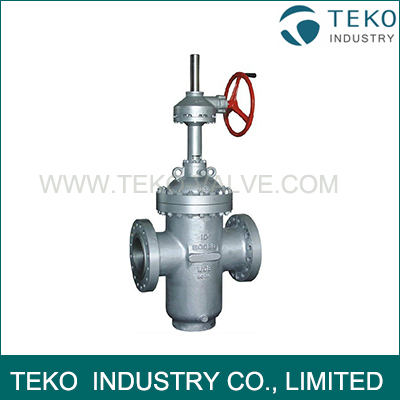
- Availability: In Stock
- Product Model: Z546H
API 600 Full Bore High Pressure High Temperature Parallel Slide Gate Valve With Bleed Hole
RECOMMENDED USES
TEKO Parallel Slide (Spring Loaded) Gate Valves are designed to provide isolation of flow in a
piping system or a component when closed. They are not suitable for modulation of flow, i.e.
throttling. For throttling service, we provide the parallel slide control gate valves instead.
WORKIGN PRICIPLE
The parallel gate consists of the valve body, bonnet, disc assembly, stem and top works, each side of the valve can withstand full differential pressure. Replaceable double-disc seal with double bleeding and blocking (DBB) is created by a combination of internal pressure and spring force. The floating seat can automatically relieve pressure when the middle chamber is under pressure. When the pressure in the cavity is greater than that in the channel, the cavity pressure will be released to the channel. When the upstream pressure of the channel is greater than that of downstream (the valve is closed), the pressure in the middle chamber will be discharged to the upstream side channel. When the upstream pressure of the channel is equal to the downstream (the valve is fully open), the pressure in the middle chamber can realize the discharge of bilateral channels. The valve seat automatically resets after pressure relief.
1.When the pressure inside the valve (cavity, inlet and outlet) is equal or no pressure, the disc is closed and the PTFE sealing ring on the seat surface forms the initial seal. The seat ring can automatically clean the sealing surface on both sides of the disc every time the valve is opened or closed.
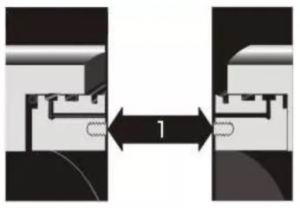
2.Medium pressure acting on the inlet side disc, forcing the disc moves toward the exit seat PTFE ring, compress until it compaction in the metal valve seat sealing surface, formed the hard and soft double seal, namely PTFE to metal seal, metal to metal seal, export seat also is pushed to the body seat hole on the end face of the O-ring seat ring and valve sealing.
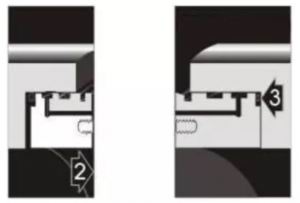
3.The inlet seal forms after the pressure in the cavity relief, and the medium pressure forces the inlet seat to move to the disc. At this time, the inlet seat produces soft PTFE to metal seal and metal-to-metal seal, the O-ring guarantees the sealing of the seat outer ring with the valve body.
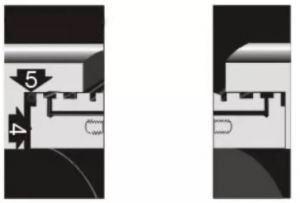
4. Automatic pressure relief of the valve. When the pressure in the cavity of the valve body is greater than the pipe pressure, the inlet seat is pushed to the disc end of the upstream seat hole under the pressure difference, and the excess pressure between the upstream seat and the sealing surface of the disc of the valve body is discharged into the upstream pipe.
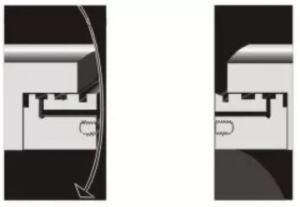
Advantage
Does not require torque force to shut off
Less Torque requirement
Wider seating surface
Reduction in seat wear
No reseating of disc
Protection against thermally locking a valve in the closed position
